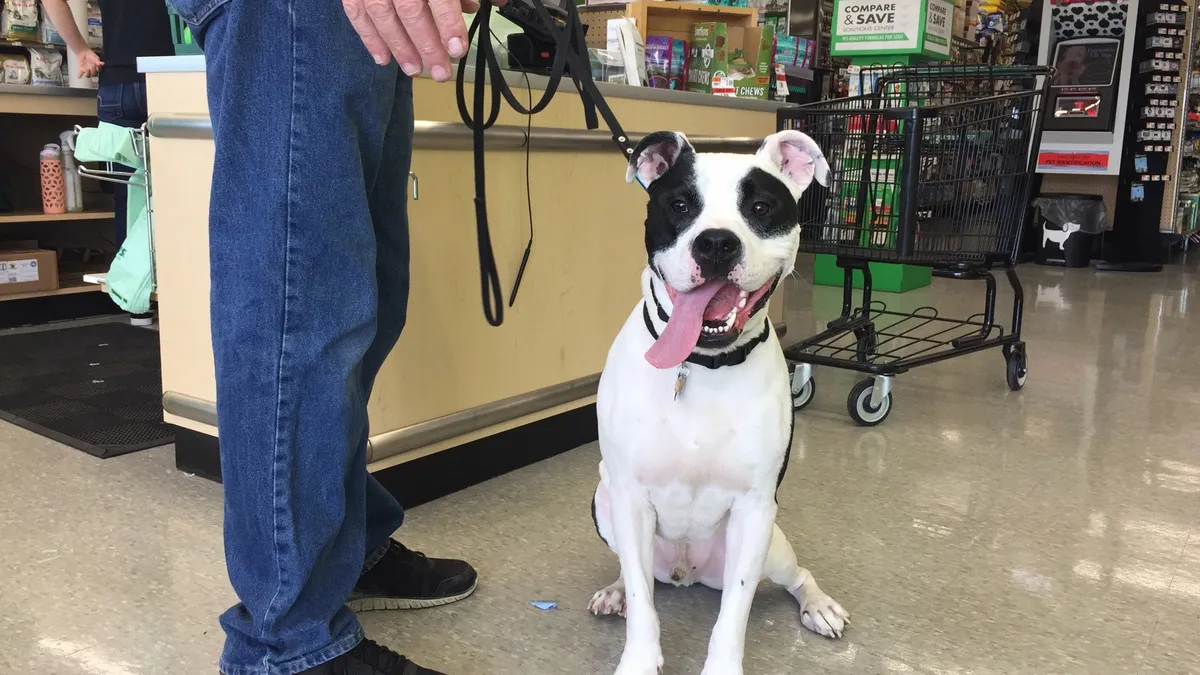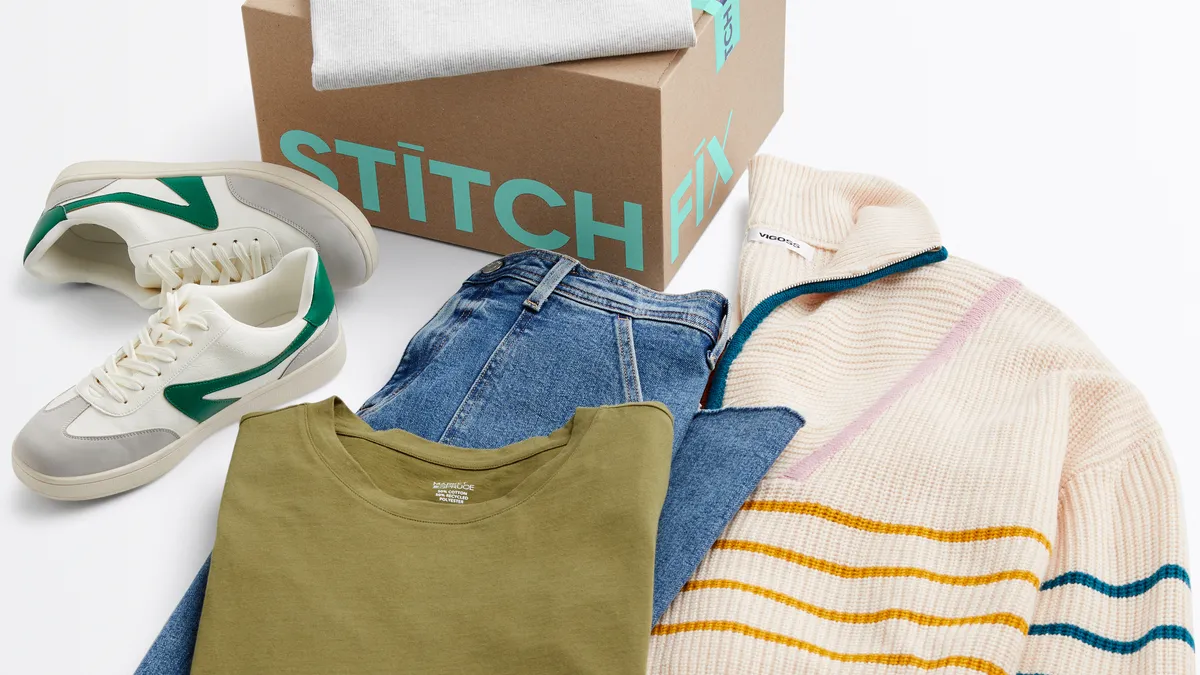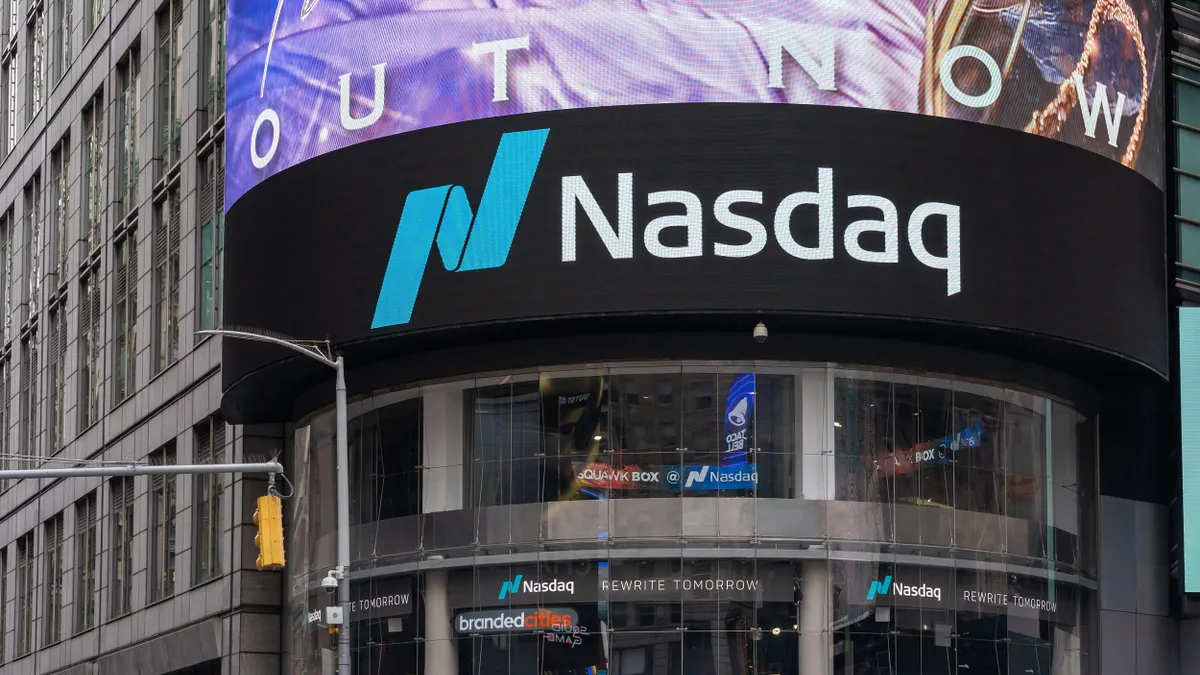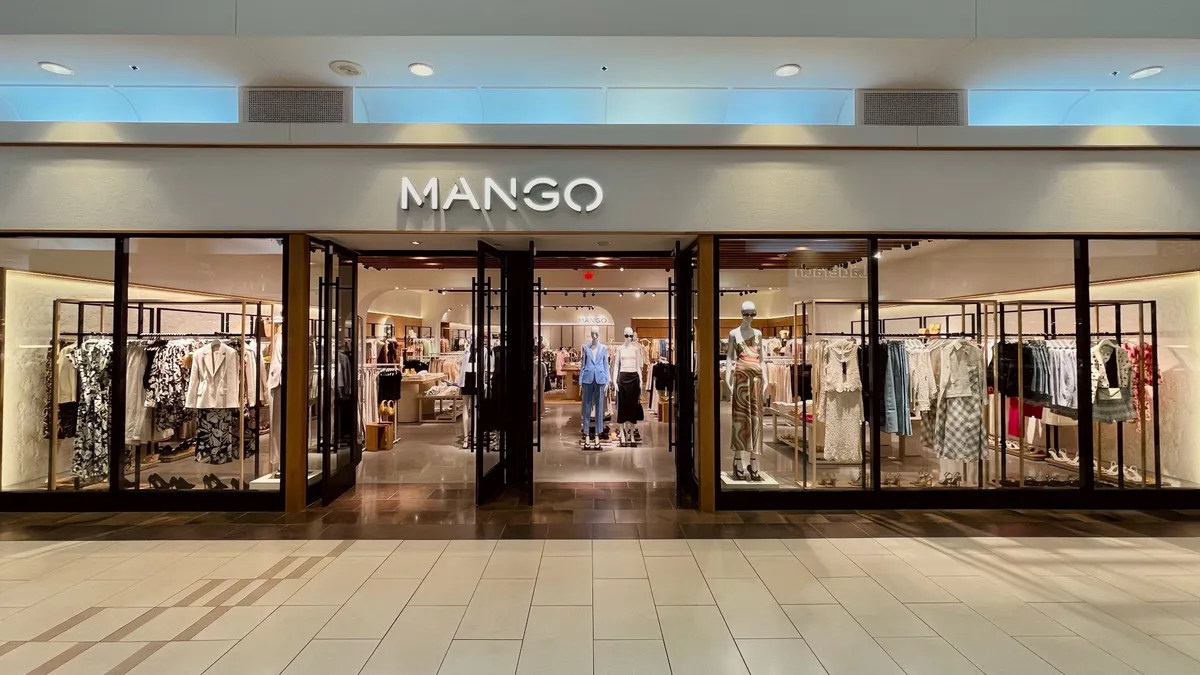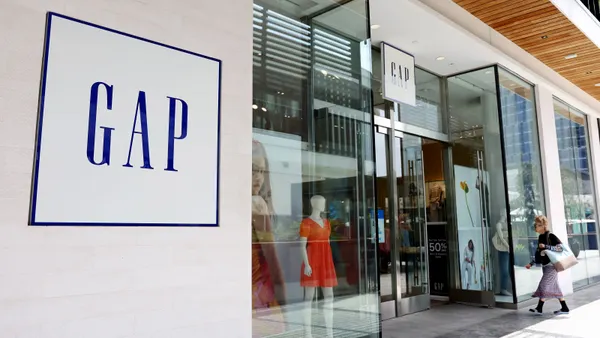The National Retail Federation's Big Show in New York City this week put mobile in the spotlight. Everyone wants to know how to sell better and reach bigger audiences through smartphones and tablets, and an important piece of that puzzle may involve perfecting visual search strategies.

Evolving image recognition tech could change how retailers sell products consumers, and Slyce wants to be the provider of choice for brands as retailers pick their partners. The Toronto-based company is only a year and a half old, but it has high hopes for the new year. After netting a $3.75 million round of seed funding and recently announcing a a convertible debenture funding raise of $2.2 million, Slyce's creators are on the prowl, and they hope to have a handful of recognized names using their app in 2014.
The startup has yet to announce its first wave of retail brands (in part because it is still in the recruitment phase). Nevertheless, Slyce Chief Digital Officer Mark Elfenbein and Head of Business Development Joel Smith sat down with Retail Dive on Monday, and they told us they expect to roll out an implementation of their product with a top-five retail brand very soon.
The image recognition space is full of competition. Qualcomm just acquired the Swiss company Kooaba. Pinterest recently bought VisualGraph. And Snipp Interactive has launched experiments with Walmart, EA Sports and Arm & Hammer.
So how does Slyce hope to stand out? Here's what Elfenbein and Smith had to say:
TECHNOLOGY THAT WORKS ON THE GO
"If you can imagine, you would open up Retailer X's app, and there would be a functionality that was like, 'Snap and Buy," Elfenbein explained. "Whether you're in the store or in the real world, we identify that retailer's close-to-comparable—if not [the exact same]—item."
"That retailer also wants to have an experience where their customers can be anywhere in the world,” he said. “I can be at your home, I can be inside of a restaurant, I can be inside of a hotel—and suddenly you can instantly buy things at the moment of inspiration."
In Slyce's case, the platform could push users to verified results within a brand's catalog.
3-D OBJECT RECOGNITION
Smith said that Slyce's early potential users have reacted favorably to its ability to identify three-dimensional objects, as opposed to static or 2-D photos.
"When it comes to books or DVDs, or an ad that's been optimized—so this ad in The New York Times is available for this day only for you to take a picture of—that's on the easy end of things," Elfenbein said.
Using Smith's Android phone, the pair demonstrated how taking a picture of a MacBook on the table in front of us could bring up a series of search results featuring other MacBooks, including the exact model that we're looking at.
BRAND-SPECIFIC CATALOGS
Slyce's current focus is on getting brands to adopt its white-labeled tech through their own apps, which means that Slyce isn't trying to build a single Google Image Search-style portal for shopping. There are at least two strategic advantages to this approach.
First, their B2B strategy means that search results will contain vetted items, since brands will individually be using Slyce to direct their customers to their own sites or partner stores. Moreover, it means that users would be searching with Slyce with the intention of finding those specific results.
For instance, men's clothing brand might want to give its Facebook followers the ability to quickly see, search and buy its products being worn in a magazine such as GQ or Esquire. The brand could then push its Slyce app to those followers in advance of the issue's release to enable purchasing.
OTHER POTENTIAL USES
Elfenbein and Smith are thinking ahead with ideas for the future, too. Specialized retailers could potentially leverage Slyce’s intelligence to serve needs in various niches.
"For example, if you needed a home renovation project, you could take a photograph of a hole in your wall and receive a photo on how to fix it and the products you need to do so," Smith said.
A retailer with paint or wall-patching supplies could use such an app to quickly display and sell what the homeowner requires.
Elfenbein mentioned inventory as another potential application. For instance, a hospital might want to keep track of its instruments; Slyce could potentially identify missing objects and connect the end user to brand who supplies those missing items.
Smith hopes that retailers might even be able to leverage Slyce’s platform to improve sales in brick-and-mortar stores.
“Imaging if you walked into a major department store and it scanned your look and directed you to the place where you would be best suited to find something in the store just for you. And here’s your products, and here’s your coupon; it could send it to your phone.” Smith
“I think it will be pervasive in our lives,” he predicted. “It will be an assistant to us in everything we do.”
Would you like to see more retail news like this in your inbox on a daily basis? Subscribe to our Retail Dive email newsletter! You may also want to read Retail Dive's look at four food brands launching new retail experiments.








